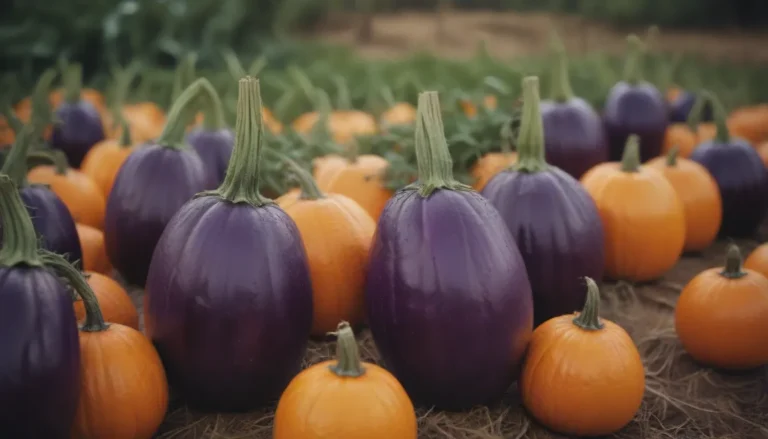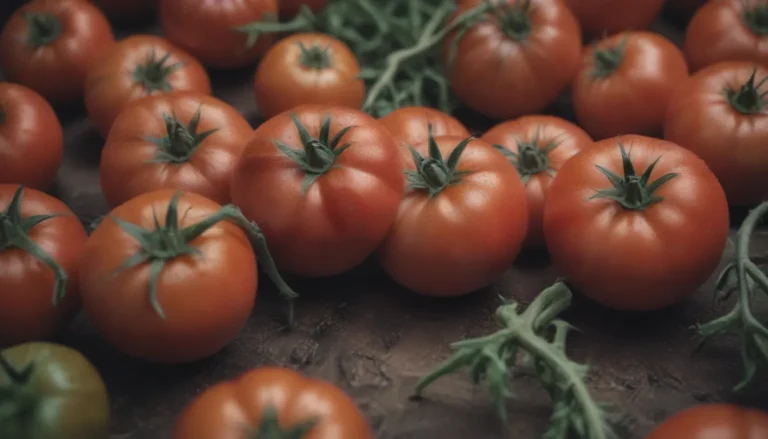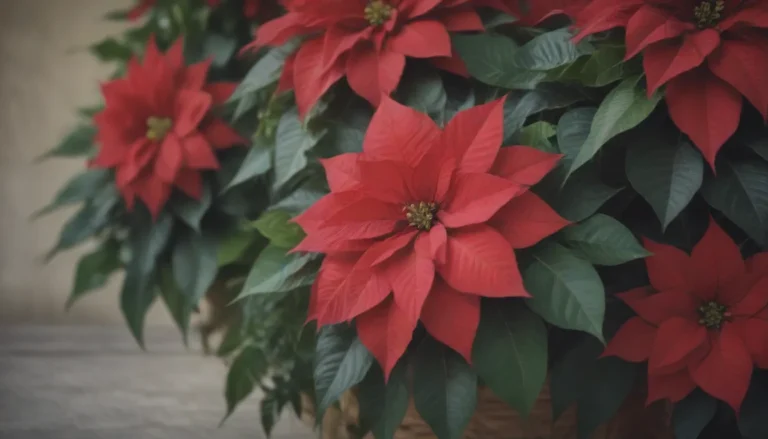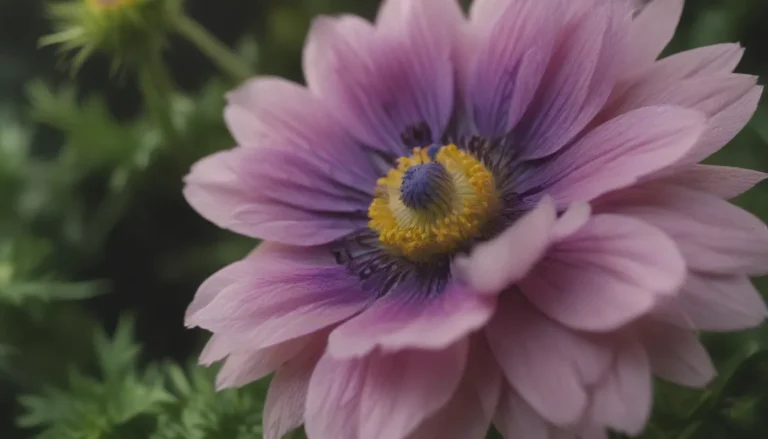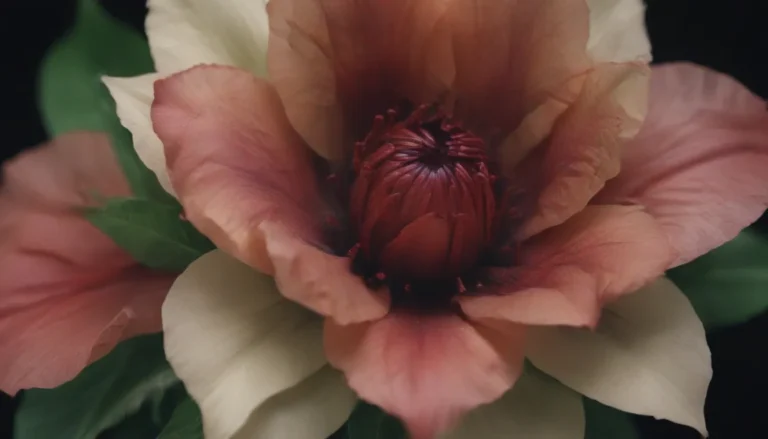The Ultimate Guide to Growing and Caring for Larkspur
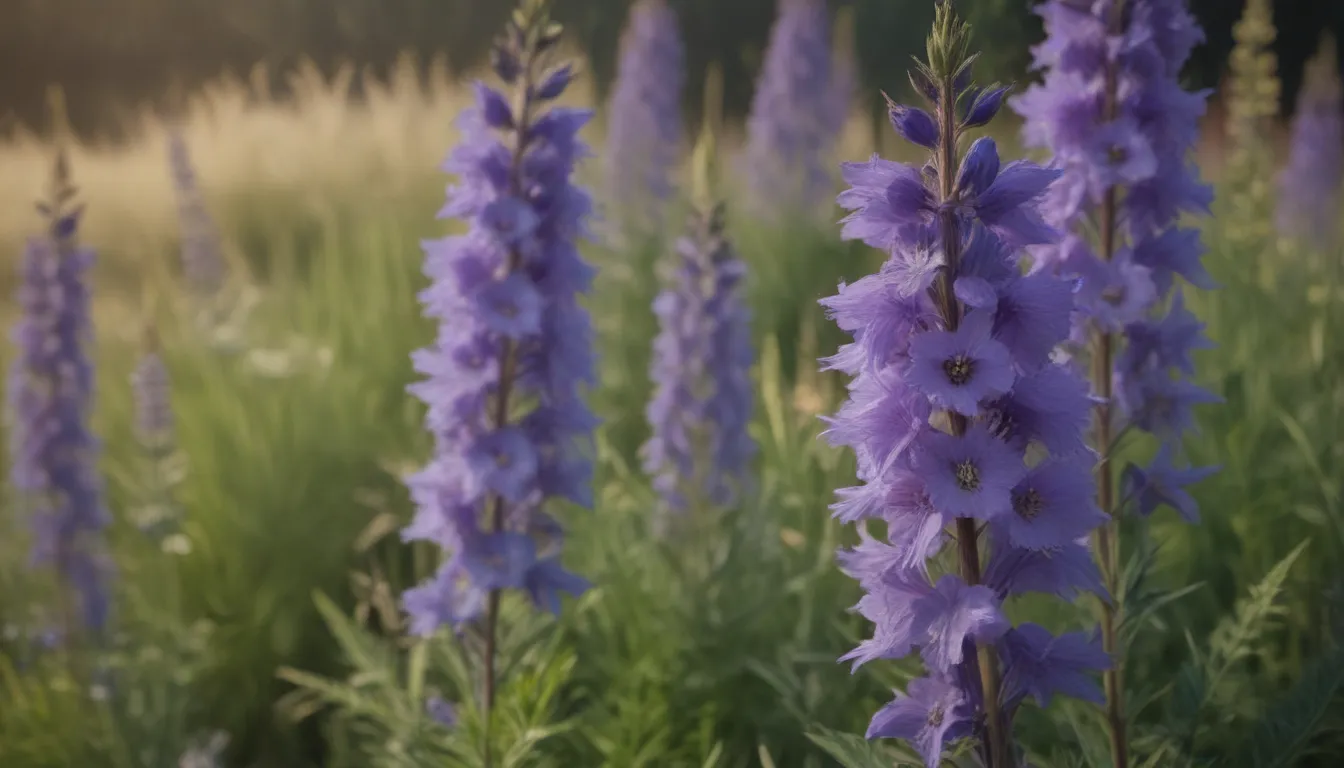
Are you looking to add a touch of elegance and beauty to your garden? Look no further than larkspur! This stunning flower, known for its delicate blooms and spikey stems, is a favorite among gardeners for its ability to attract butterflies and hummingbirds. In this comprehensive guide, we will explore everything you need to know about growing and caring for larkspur to help you create a vibrant and thriving garden.
The Identity of Larkspur
Larkspur is a unique flower with an identity issue – it is the common name for both Delphinium and Consolida ajacis, which are part of the buttercup family. While Delphinium is considered an herbaceous perennial, true larkspur or Consolida ajacis is an annual. Despite this confusion, both varieties share a striking resemblance, boasting colorful blooms in shades of purple, blue, white, and occasionally pink. Larkspur is a beloved plant in cottage gardens, valued for its beauty and ability to attract pollinators.
Fun Fact: Larkspur is a toxic plant, so be sure to prevent children and pets from ingesting it.
Larkspur Care Guide
Whether you are growing larkspur as a perennial or an annual, proper care is essential to ensure the plant thrives in your garden. Here are some key care tips to keep your larkspur healthy and vibrant:
Light
- Larkspur thrives in full sun, requiring between 6 to 8 hours of sunlight daily to flourish.
Soil
- Provide larkspur with moist, cool, well-drained soil to support healthy growth. Mulching can help keep the soil cool and retain moisture.
Water
- Water larkspur plants once or twice a week, giving them approximately an inch of water each time. Avoid overwatering to prevent waterlogging.
Temperature and Humidity
- Larkspur prefers cooler temperatures for optimal blooming. While the plant enjoys mild summer conditions, seedlings may benefit from some humidity.
Fertilizer
- Fertilize your larkspur plants annually in the spring with compost to promote healthy growth and blooming.
Types of Larkspur
When it comes to larkspur, there is a wide variety of choices available to gardeners. From traditional blue larkspur to unique hybrid varieties, each type offers something special in terms of color, size, and hardiness. Here are 10 popular larkspur types to consider for your garden:
- Black Knight Larkspur (Delphinium ‘Black Knight’)
- Galahad Larkspur (Delphinium ‘Galahad’)
- Astolat Larkspur (Delphinium Astolat Group)
- Guardian Lavender Larkspur (Delphinium elatum ‘Guardian Lavender’)
- Dwarf Larkspur (Delphinium tricorne)
- Blue Mirror Larkspur (Delphinium ‘Blue Mirror’)
- Cassius Larkspur (Delphinium ‘Cassius’)
- Summer Skies Larkspur (Delphinium ‘Summer Skies’)
- Golden Larkspur (Delphinium luteum)
- Red Lark Larkspur (Delphinium ‘Red Lark’)
Pruning and Propagating Larkspur
After enjoying the beautiful blooms of your larkspur plants, it’s essential to properly prune and propagate them to promote healthy growth and longevity.
Pruning
- Prune off the flower stalks after blooming season to encourage new growth. Remove old vegetation in late summer or early fall to prevent diseases.
Propagating
- If you want to propagate larkspur, consider using cuttings for perennial varieties. Take cuttings in the spring or after the plant’s first flowering for the best results.
Growing Larkspur From Seed
An easy and cost-effective way to propagate larkspur is by seed. Here’s a simple guide to growing larkspur from seed:
- Sow seeds in well-draining soil in early spring.
- Keep the soil moist but not waterlogged.
- Thin seedlings to allow for proper spacing as they grow.
Potting and Overwintering Larkspur
For gardeners looking to showcase larkspur in containers, proper potting and overwintering techniques are essential for plant health and longevity.
Potting
- Choose wide-bottomed containers at least 12 inches wide with multiple drainage holes for larkspur. Avoid adding organic matter to the soil, and keep it well-draining.
Overwintering
- Protect potted larkspur plants in winter by cutting back stems, mulching, and providing insulation. Shelter pots from wind and ice for optimal survival.
Common Pests and Plant Diseases
While larkspur is relatively resistant to pests and diseases, it’s essential to be vigilant and address any issues promptly to maintain plant health.
- Look out for aphids, cutworms, and leafminers, among other pests.
- Prevent diseases like botrytis blight and crown rot by providing proper spacing and cleanliness in the garden.
How to Encourage Blooming in Larkspur
Larkspur blooms are a sight to behold, but proper care is necessary to encourage continuous blooming throughout the season. Here are some tips to promote blooming in larkspur:
- Deadhead spent flowers to encourage new blooms.
- Use larkspur as cut flowers to stimulate more flowering.
- Ensure soil moisture is consistent to support blooming.
Troubleshooting Common Problems
Despite their beauty, larkspur plants may face issues that require attention and care. Here are some common problems to watch out for:
- Blackened Leaves: Watch for signs of microscopic mites that can cause blackened leaves. Consult a professional for proper treatment.
- Yellowing Leaves: Look for signs of crown rot or viral infections indicated by yellowing leaves. Dispose of infected plants promptly.
- Deformed Plant: Viruses like mosaic can cause deformed growth in larkspur plants. Remove infected plants to prevent the spread of disease.
In conclusion, larkspur is a stunning addition to any garden, offering vibrant blooms and attracting pollinators. By following the tips and guidelines outlined in this comprehensive guide, you can successfully grow and care for larkspur in your garden. With proper attention and care, your larkspur plants will flourish and brighten up your outdoor space for years to come. Happy gardening!
